Heal Joint Attic Repair from Inspection Report
jaysgarden
12 years ago
Related Stories

MOVINGHome-Buying Checklist: 20 Things to Consider Beyond the Inspection
Quality of life is just as important as construction quality. Learn what to look for at open houses to ensure comfort in your new home
Full Story
HOUSEKEEPINGProtect Your House From Winter Water Damage
Avoid costly repairs by learning to spot potential problem areas before water damage is done
Full Story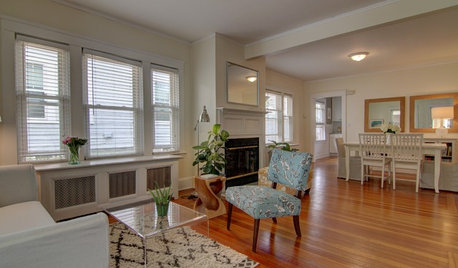
SELLING YOUR HOUSEA Moving Diary: Lessons From Selling My Home
After 79 days of home cleaning, staging and — at last — selling, a mom comes away with a top must-do for her next abode
Full Story
KITCHEN DESIGN16 Practical Ideas to Borrow From Professional Kitchens
Restaurant kitchens are designed to function efficiently and safely. Why not adopt some of their tricks in your own home?
Full Story
CONTRACTOR TIPSYour Complete Guide to Building Permits
Learn about permit requirements, the submittal process, final inspection and more
Full Story
MOVINGHiring a Home Inspector? Ask These 10 Questions
How to make sure the pro who performs your home inspection is properly qualified and insured, so you can protect your big investment
Full Story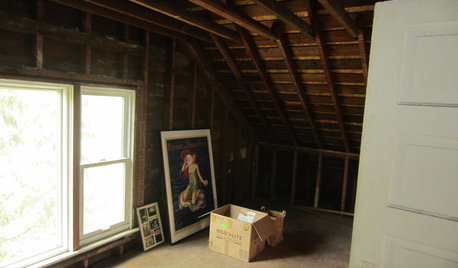
Houzz Call: What Gives You the Creeps at Home?
Halloween horror got nothing on your basement, attic or closet? Show us that scary spot you steer clear of
Full Story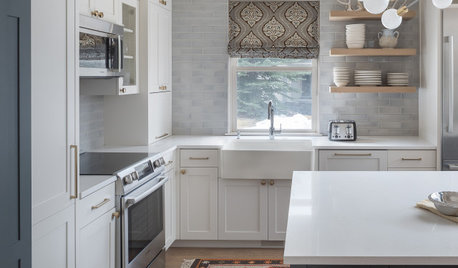
ORGANIZING7-Day Plan: Get a Spotless, Beautifully Organized Kitchen
Our weeklong plan will help you get your kitchen spick-and-span from top to bottom
Full Story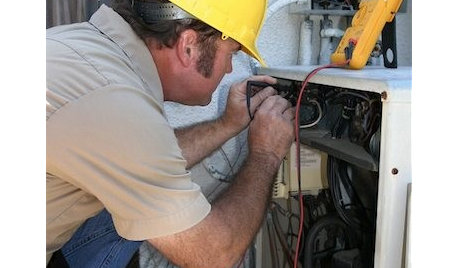
REMODELING GUIDESCan You Handle That Fixer-Upper?
Learn from homeowners who bought into major renovation projects to see if one is right for you
Full Story
REMODELING GUIDESWisdom to Help Your Relationship Survive a Remodel
Spend less time patching up partnerships and more time spackling and sanding with this insight from a Houzz remodeling survey
Full Story





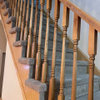
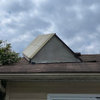
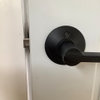
alphonse
jaysgardenOriginal Author
Related Professionals
Broadlands Kitchen & Bathroom Remodelers · Galena Park Kitchen & Bathroom Remodelers · Newberg Kitchen & Bathroom Remodelers · Richland Kitchen & Bathroom Remodelers · Thonotosassa Kitchen & Bathroom Remodelers · Columbus General Contractors · Saginaw General Contractors · Tyler General Contractors · Asbury Park Painters · Baldwin Painters · Conroe Painters · Fountain Painters · Holtsville Painters · McLean Painters · Sugarland Run Paintersalphonse
jaysgardenOriginal Author
alphonse
jaysgardenOriginal Author
alphonse